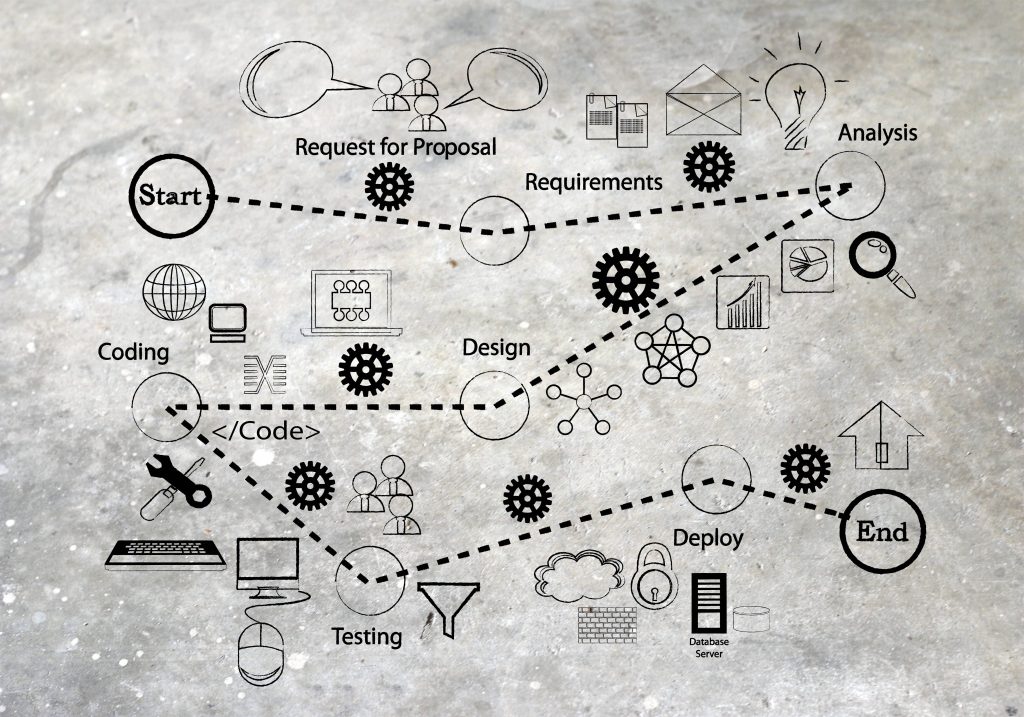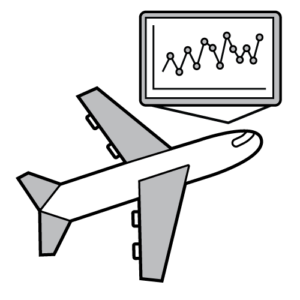Requirements Development, Analysis, and Verification
Mosaic ATM’s iterative, proven problem-solving process transforms concepts into clear, robust, and validated requirements that address business objectives, technical constraints, and stakeholder needs.
Mosaic ATM understands that requirements development is not a linear process. Instead, multiple cycles of requirement elicitation and analysis are needed to refine, clarify, and adjust initial requirements as stakeholders move from high-level concepts to specific requirements. We use various techniques in eliciting and developing requirements, including documentation review and stakeholder interviews, workshops, and observation, to suit each project. Our extensive domain knowledge facilitates effective engagement with stakeholders. As we gather data, we utilize a Model-Based System Engineering (MBSE) approach to identify required system functions and data, and capture the dependencies via N-Squared and Action diagrams. These functions are then used to derive requirements, which are then refined via the use of Natural Language Processing (NLP) algorithms to ensure quality and completeness.

We perform analyses to categorize system-level requirements into major subsystems; document assumptions, constraints, and dependencies; and assign priorities in collaboration with stakeholders. Once requirements are drafted, they are approved and validated by stakeholders to ensure they are correct, clear, traceable, robust, and verifiable.

